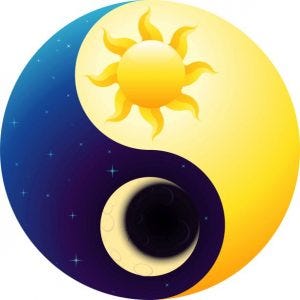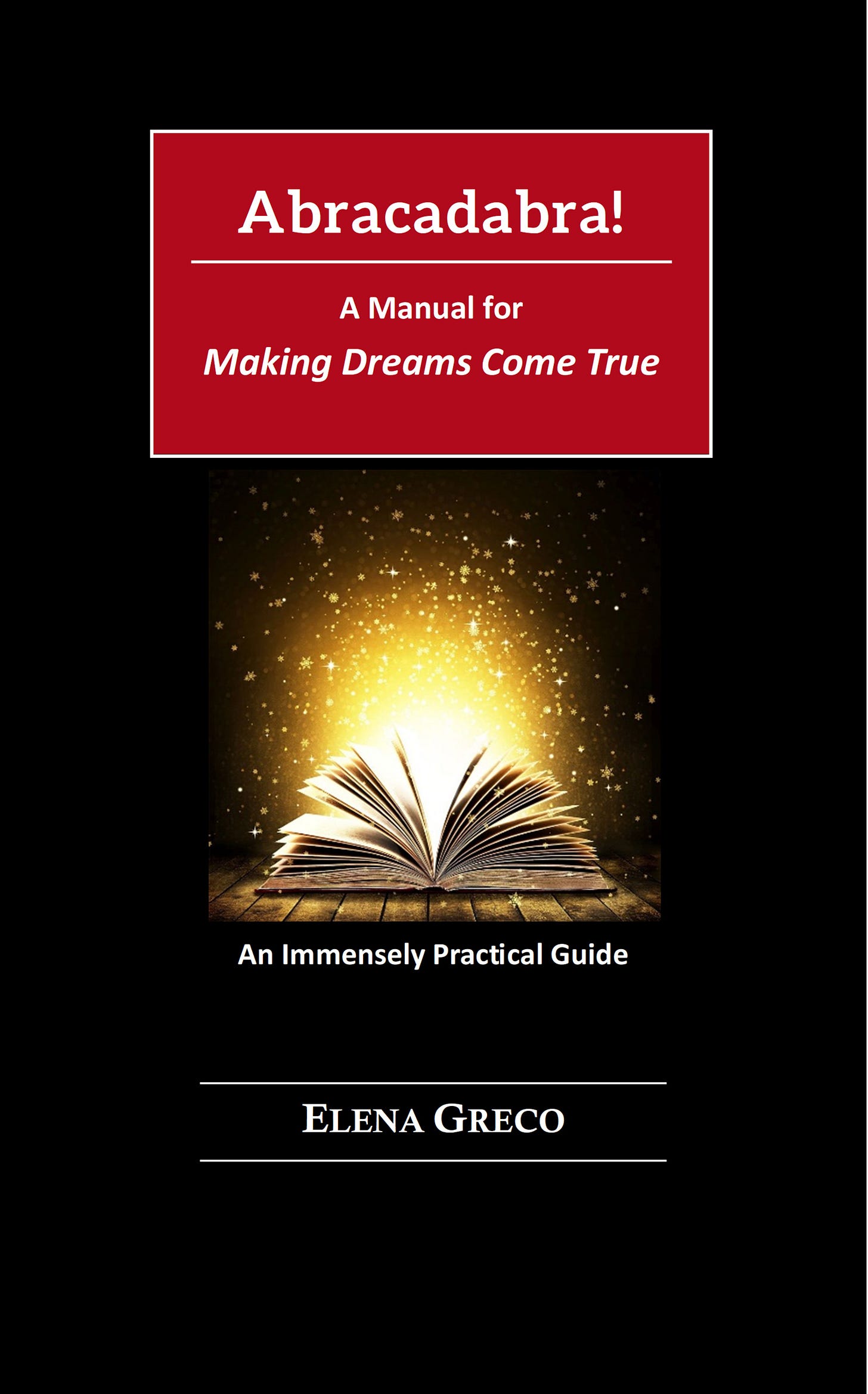Life in Balance: 3. Healthcare Paradigms
A series exploring health: What it really is, how to get it and how to maintain it
Typical reading time: 4 minutes
Read this series from the beginning: Life in Balance: Part 1. What Is Health?
Allopathic Medicine. The current Western paradigm of medicine and healthcare is allopathic. Allopathic medicine consists of the diagnosis and treatment of symptoms with drugs, radiation and surgery. Allopathic medicine comes from the viewpoint that the human body is simply a collection of parts to be repaired and that symptoms should be suppressed. This is a rather limited view which can sometimes help, but often harms us.
I’m not saying that allopathic medicine doesn’t serve an important function; it absolutely does. I don’t believe in excluding anything from my palette of healthcare tools. If you have a broken leg, you had better find an orthopedic physician to set the bone. If you get run over by a bus, you might need surgery to repair damaged organs in order to recover. If you have a serious wound, pain medication can be a welcome relief.
However, I would like to see allopathic techniques used within the context of healing, rather than only from the allopathic paradigm—that is, from the viewpoint of only looking at symptoms and parts, as if the human being were a car in need of repair, excluding other methods.
Western allopathic practitioners sometimes denigrate the use of non-Western substances or practices because they claim that they’re not “scientific.” However, there are different ways of determining if something has efficacy—that is, that it works—and whether it is safe. The scientific method uses hypotheses which are challenged through experiments; the data and results from those experiments are determined and recorded, and the experiment is replicated by others.
There are other ways of determining efficacy and safety, such as through studies and through recorded history of long-term use. If, for example, an herb has been used for a specific purpose for five hundred years, and if records have been kept of its use and its positive results, and there is no record of anyone having been harmed by that herb, we can assume that it is safe and that it works. That is no less scientific than studies which are used in the realm of psychology, for example, which simply record data of results either as observed by the researcher or as self-reported.
Please note that I’m not “for” or “against” the Western allopathic medical approach and have no problem with it when it’s used judiciously. But it’s important to recognize that there’s a time and place for everything, especially in healthcare, and that having a closed mind to all but one healthcare method is not likely to lead to an intelligent or balanced approach. There are other viable viewpoints, and it’s a good idea to explore them.
Additionally, allopathic medical treatment geared only toward removing a symptom usually or often causes harm, even if the symptom is relieved, since the cause of the symptom still exists but can no longer obtain expression through that symptom. The expression of the symptom is our body’s way of informing us what we need to heal; it is how the body speaks to us. The cause of the symptom will continue to erode the health of the individual until it is addressed, sometimes causing far more serious and/or permanent symptoms than the one that was suppressed.
Ideally, an allopathic practitioner would recognize that they are only applying a Band-Aid by treating the symptom, educate their client about this, look for the cause of the symptom, find a healthful way to resolve the cause of that symptom, and provide or direct the client to the context for healing that will give the client results that truly create health. Unfortunately, the reality is often that the client is simply given more drugs.
Creating and sustaining health requires thinking on a much larger plane than that which is required to fix the body as if it were a machine. Most allopathic health practitioners—including doctors, psychotherapists and others—are unaware that they are not seeing the whole picture, and so do not realize that what they are doing is not healing, and that what they are doing can even cause harm or prevent healing.
Another Paradigm
Allopathic medicine is but one health-related paradigm. There are several others that have been used for centuries. I want to focus on one in particular, because I believe its basics are readily understood and immediately available to the average person.
Ayurveda is not only one of the oldest healthcare methods we know of, going back thousands of years, but possibly the simplest in its perspective. On the other hand, it can also be quite sophisticated in its application. Ayurvedic physicians in India must complete a four-year intensive school, just as our Western allopathic physicians do, and their training includes surgery. Non-medical Ayurvedic practitioners (the most common in this country) are certified through various programs. But the easy-to-learn basic principles of Ayurveda can be learned and employed by lay people in their everyday lives to great benefit.
A method possibly more familiar to Westerners is Traditional Chinese Medicine (TCM), which grew out of Ayurveda. In theory and practice, TCM is in many ways similar to its parent, Ayurveda.
Before I go on, I should point out that the best place to learn about these and other non-Western healthcare methods is not through an allopathic-based medical site. Some of these websites’ descriptions and claims about these other healthcare paradigms and their practices are laughable in their disinformation and lack of understanding.
I recommend learning about Ayurveda or other healthcare systems through beginner’s books about these practices written by established and knowledgeable practitioners of those methods.
Holistic Medicine. The holistic health paradigm takes the whole person into account and addresses root causes of imbalance or symptoms. It views the totality of the person and their life and encourages vitality and resilience.
Holistic medicine sees the person as a hologram, with each part and each influence contributing to and affecting the whole. Environment, the physical body, mental tendencies, emotions, and circumstances are considered, along with symptoms and history.
An allopathic practitioner who is treating your hand pain is interested only in your hand. A holistic practitioner is interested in everything about your life that might possibly intersect with and contribute to your hand pain. The holistic practitioner also knows that their treatment ultimately has the potential to affect all of you, not just your hand.
Integrative versus Alternative. Western consumers, realizing that something is missing in traditional allopathic medicine, have for the last few decades been looking at alternative therapies for healing. And in order to remain viable financially, doctors and insurance companies have begun to incorporate alternative therapies into their treatment. It’s important to realize, though, that application of these alternative therapies is often still within the allopathic paradigm.
Consumers are attracted to these therapies because they seem more respectful of the body and are more connected to nature. They instinctively know that these alternatives are less harmful, even if used within the allopathic paradigm (using an herb to suppress a symptom in the same way a drug is used to treat a symptom is still allopathic medicine).
Language is important. People sometimes throw around words that they’ve heard, like “mindfulness,” “meditation,” “alternative,” “integrative” and “holistic,” without realizing that they don’t understand what they mean. That’s unfortunate, because those who could benefit from those things are led astray by seeing those words used incorrectly in the media so that they come to assume that the incorrect meaning is the correct one. So I want to be very clear about the language I use to talk about health.
Alternative medicine. Alternative refers to the substances or practices used, indicating that they are not traditional Western pharmaceutical drugs or surgery; alternative medicine is not a health paradigm. Health practices that we tend to think of as alternatives, such as herbology and acupuncture, are more natural alternatives to the allopathic drugs-and-surgery, symptom-relief-only approach, and those alternatives are usually safer than pharmaceutical drugs and surgery. The important thing to consider is how these alternatives are being used.
Integrative medicine is not a health paradigm, either, but a practice which combines alternative remedies and practices, such as herbs and massage, within the particular healthcare method being used, usually Western allopathic medicine. For example, using a substance which is not a pharmaceutical drug, or using an intervention which is not a surgical technique, in an allopathic manner is called integrative medicine, and it is still allopathy. If the use of a substance does not take the whole picture of the person into account, and if its goal is only to alleviate a symptom rather than addressing the cause or trying to help the person regain balance, it is still allopathy.
Be aware that alternative therapies, whether used integratively or on their own, can be used either in an allopathic manner, i.e., treating or suppressing symptoms, or in a holistic manner, i.e., treating the whole person and helping them to regain balance. It’s important to make a distinction between those two ways of using alternative products or methods, because the results can be very different. Again, it’s a matter of perspective and can be determined by the question: are these alternatives being used from an allopathic or a holistic perspective? That is, are they being used solely to alleviate a symptom or are they used from the perspective of helping the person as a whole regain balance?
We’ll learn more about bringing the holistic perspective and its ability to bring health and healing into our lives in the next segment of Life in Balance!
Read this series from the beginning: Life in Balance: Part 1. What Is Health?
Magnify your ability to create what truly matters to you! If you’d like to succeed at making your dreams a reality, read Elena's latest book, ABRACADABRA! A Manual for Making Dreams Come True.






Loads of good information! Thanks for the crash course. I look forward to the next installment.